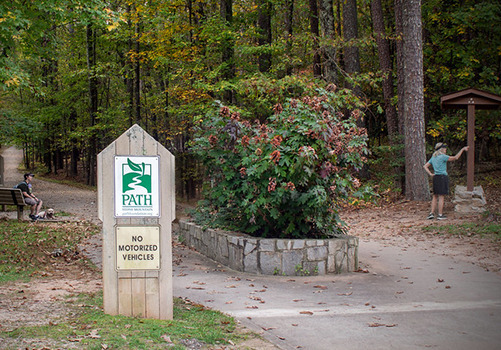Creating Your Story Waypoints

It’s almost time for Camp, so what should we be doing to prepare? Long-time NaNoWriMo participant Franklyn Hudson brings us some practical tips from the writer’s group she runs to help us structure our approach and set us up for success!
At the start of any NaNoWriMo journey I find myself with blank page anxiety. While the ideas may have been rattling around in my head there’s often nothing concrete for me to start with. So, what I do is have a few key questions to answer about my story. These answers help get me hyped up and excited about the journey. These can be useful whether starting a new manuscript or diving back into an old one.
The ConceptWhat excites me about my story idea? (Or stories in general if you don’t have an idea yet!) Be specific– i.e., I‘m excited by stories that have pirates! This is why you want to write this story after all. The things that churn in your brain and offer you the burning feeling that you have to get them down on the page.
What would you pitch as a comparison? (E.g. Lord of the Rings meets The Little Mermaid.) This is a great indicator of the tone and aesthetic that you want to achieve.
Why do we care? What makes your story worth telling?This is the burning heart of the story. It might be the key component of what makes the story tick. It might be the thing you wish to share or bring to light with the story.
Quick and Dirty OutlineWhat is the first image in your story?For me this offers an indicator of the overall feel of my story. If I have this in advance, I find it’s a great entry point to the rest of the story, especially if I have only a few key ideas or vibes about what the story is.
What does this image tell us about your protagonist?The first place we find our protagonist is the place that usually tells us the most about them, so we should keep that in mind and consider aspects such as: might it be a place of safety? Or a place they visit frequently?
What is your inciting incident?This is the key to changing from ‘normal’ to the world of the story.
How does your Protagonist react?We learn a lot about a character by the first major choice they are forced to make, and it can be useful to come back to this moment at the end of the story to show how your character has grown.
What is the key incident in each chapter that drives the plot forward?This creates a very simple skeleton that gives a clear picture of where your story is going.
Wrapping UpI hope these questions give you a helpful way to consider your story. But it is also crucial to remember that first and foremost, before we write for anyone else, we are writing for ourselves. If we can’t maintain love and interest in our story, then our future audience won’t either. This doesn’t mean loving every step of the process, every word, every edit, every page — because the odds are that you won’t. As well as being your first reader, you are often your first critic. What it means is that you use those moments when you find yourself struggling, when your writing is lackluster, as signs that you are going the wrong way. I hope these questions give you waypoints to find in those times, lights in a storm to guide you along your journey when it is at its most rocky.
Good luck!

Franklyn has been participating in NaNoWriMo events since 2011 and is an aspiring author. In their spare time they like to read, and obey the whims of their two very demanding cats. They can be found on twitter @Sparky2036 or instagram @jeciru!
Top image licensed under Creative Commons from Cizauskas on Flickr.
Chris Baty's Blog
- Chris Baty's profile
- 63 followers



